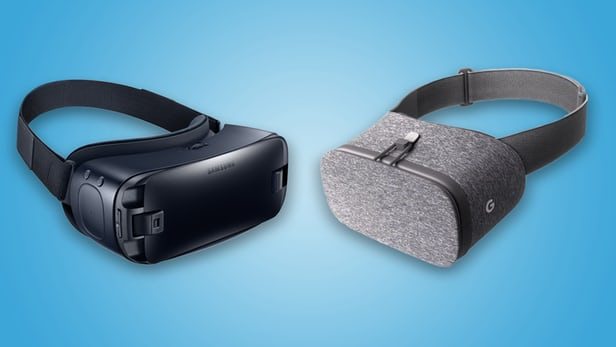Are Smartphone-Based Headsets Leaving the VR Market?
I've spent the last few months trying to wrap my head around the current state of virtual reality (VR)--the technology, the applications, the markets, and so on. With the rise of Google Cardboard and smartphone-compatible headsets such as Samsung Gear and Google Daydream, it looked like smartphones would be one of the key platforms that push VR and VR-compatible content to the general public. Now, that platform appears to be falling apart.
It was pointed out by a VR aficionado that I follow online that Google's recent announcement of its Pixel 3 and Pixel 3 XL made no reference to the Google Daydream headsets. Google has since said that both phones are compatible with Daydream headsets, but the Daydream omission from the original announcement has led some to conclude that Google will continue basic support of Daydream while largely abandoning it for other VR projects.
According to the Road to VR article that was referenced, "The trend ... seems to indicate that interest in smartphone-based VR is waning in favor of standalone VR headsets. Samsung too, which once poised its Gear VR headset as a defining feature of its flagship phones, hasn’t made any significant updates to their headset in a few years, despite continuing to maintain support as newer phones have been introduced."
Personally, I think this is a necessary step forward for VR as a whole. I can see some of the advantages behind using smartphones as a way to introduce consumers to VR without demanding too much of an investment from them. However, as I have learned firsthand, the quality of smartphone VR lags far, far behind the experiences that are provided by both tethered and standalone VR headsets. It also doesn't help that smartphone VR in general is all over the place: Unless you have a smartphone that is compatible with Gear or Daydream, you're on your own to figure out which VR headsets, controllers and apps work best for your smartphone.
I recently purchased a Samsung Galaxy smartphone at a great price, but it is not Gear compatible. It has enough features to support rudimentary VR experiences (accelerometer, gyroscope and magnetometer), but it lacks the features that are necessary for superior VR experiences (Bluetooth controller support, high screen resolution and high refresh rate).
With such limited options at my disposal, I eventually bought a Homido V2 headset, which I can use without my glasses and it has an action button for Google Cardboard apps. I settled for the Homido V2 after wading through reviews of dozens of other smartphone-compatible VR headsets (Destek, Pansonite, Hamswan, Canbor, Freefly, etc.). Unlike Gear and Daydream, the majority of these headsets don't provide much technical support for the smartphones that are put in them. Homido has a few apps that my phone can use, but they are just as basic as the Homido headset itself.
Ultimately, for whatever smartphone-based VR has accomplished in getting people to try VR, it's a good idea for VR as a whole that this format goes away. VR needs to evolve into something that can consistently deliver quality experiences with minimal effort on the part of the consumer. Dedicated VR headsets that have strong technical support can accomplish this goal; VR accessories for smartphones that have minimal technical support (or no support at all) cannot.






Comments
Post a Comment